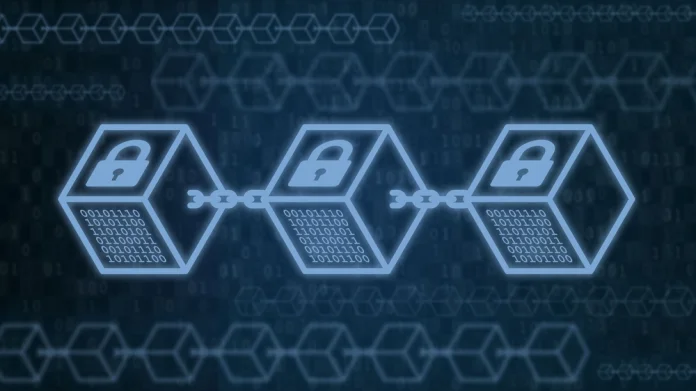In the age of technology, what are we more concerned about? It is undoubtedly privacy. To use digital platforms while connecting with others, we share confidential information such as usernames, passwords, personal data, etcetera. However, we seldom think about the consequences of illegal access to our private data by third parties. Blockchain technology or Blockchain network in this regard operates as a superior database management system that provides advanced security and efficiency while protecting individual as well as organizational data.
Experts state that blockchain can be leveraged in various sectors such as government, retail, oil and gas, media and advertising, telecommunications, travel and transportation, healthcare, manufacturing, insurance, supply chain, and financial services. In this content piece, we shall discuss how blockchain works, its advantages, and the types of blockchain networks.
What is blockchain technology?
Blockchain is an immutable ledger used as an asset-tracking mechanism. It is chiefly leveraged to maintain transparency while sharing information within or outside an organizational structure. Blockchain technology derived its name from the procedure of how it operates creating blocks for data stored in it and each block is connected with virtual chains.
As an asset-tracking system, blockchain can look after both tangible and non-tangible components including property, money, copyrights, patents, branding, and other important information available on digital platforms. While using this technology, considering its feature of restricting users to change or eliminate any information without letting its network is important. Therefore, blockchain is determined to maintain consistency and transparency while securing asset transaction data within a network.
How does blockchain technology work?
Entitled to be a transaction-tracking ledger, blockchain technology operates in a complicated method. Nevertheless, we’ll elaborate on the broadly categorized steps of blockchain below-
Transaction recording: Whenever an asset transaction takes place between two network participants whether it is tangible or virtual, the blockchain creates a block of information. However, the block is created as per the information shared by the network owner chronologically including details related to who, what, when, why, where, and how much/many assets have been shared.
Agreement: Consensus-gaining is an essential step of blockchain as it provides validation to the recorded data. So, network users between whom a transaction has taken place must agree on the shared information.
Linking the blocks with a chain: Each block of information is placed chronologically linking each one with a virtual chain after an asset transaction takes place recording its actual timing. The chain protects recorded data by restricting network users from modifying, deleting, or interchanging any block of information.
Ledger distribution: The following step of blockchain technology is the distribution of the updated ledger or blockchain among the concerned network participants. The information recorded in the blocks is secured and trustworthy as it is valid as well as temper-proof from unauthenticated modifications.
Blockchain technology advantages
Authority Dissolution: Blockchain restricts network participants from modifying or deleting any information in the blocks. It only can be done after shared agreements between the concerned networks. Hence, decision-making and authority over the data are not dependent on an individual, group of people, or organization but rather two parties involved in a transaction.
Enhanced trust: The information on the blockchain can be confined within a network and a group of people with the method of access distribution. Moreover, the data is stored chronologically with its exact timing. Therefore, the data is accurate and reliable. It ultimately enhances the trust of the network participants.
Improved security: Blockchain technology provides the utmost security to recorded data. The information in the blocks is recorded based on the consensus of the network participants. Nothing from the blocks can be changed or deleted. In a word, the data is immutable. Hence, it is secured from any type of unauthorized tempering.
Types of blockchain network:
- Private blockchain networks
- Public blockchain networks
- Consortium blockchain networks
- Hybrid blockchain networks
Wrapping Up!
Blockchain has reflected positive outcomes in terms of securing asset transactions. Blockchain technology adopts effectual methodologies to mitigate asset management threats. As all the information stored in the blocks is authenticated by the network participants, its reliability is enhanced. Additionally, if any modification is required, consensus of all the network participants is necessary.
Such influential factors inspired organizations to employ blockchain for secured business operations. Its growth has been remarkable over the years and ultimately gave birth as well as prominence to the decentralized currency mechanism, bitcoin. IT service providers use blockchain as a service in mostly cloud-based facilities. To gain more knowledge about blockchain and other tech advancements, visit our website.


